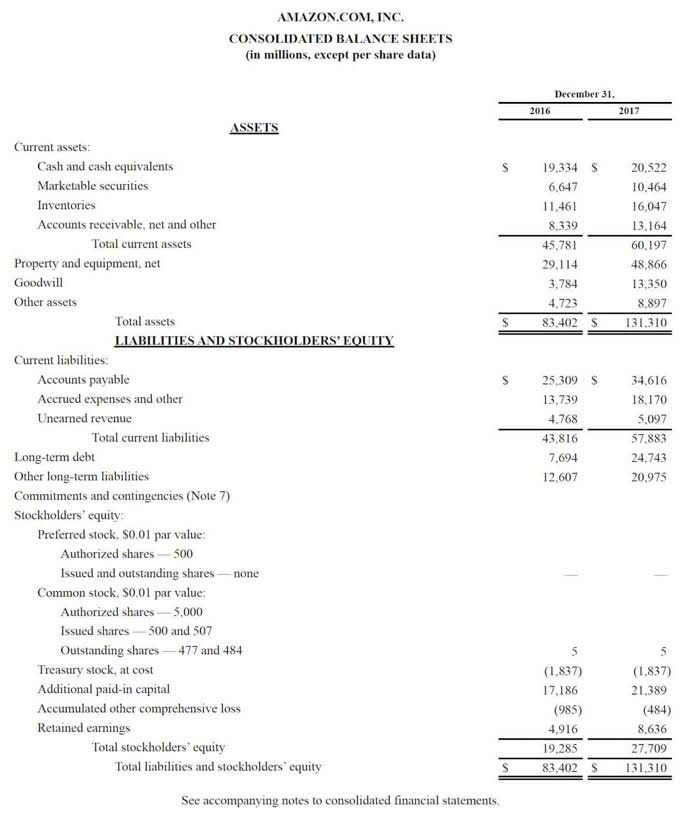
Expenses should be recognized in the period in which they are incurred, helping to match costs with the revenue they generate. This principle supports the accurate portrayal of a company’s profitability. Given the volatility of oil and gas prices, companies in this industry often engage in hedging activities to manage their exposure to price fluctuations. Accounting for hedging transactions is an integral part of oil and gas accounting. Save days by reducing the manual and redundant processes in your workflow. Petrofly’s accounting dashboard helps visualize trends and performance within your operation in various scopes.
Full management of financial performance
I agree to the processing of my personal data as described in the Privacy Notice. No matter what part of the oil and gas industry you play in, you face complex regulatory challenges on a daily basis. Harrison is very involved with the University of Tulsa, where he earned a degree in MIS and Accounting.
The Best Oil and Gas Software
From family-owned operations to large enterprises, Petrofly’s scalable software platform meets the operational needs of all oil and gas processes. Our software and industry experts are experienced in delivering a fast onboarding and implementation process to https://x.com/bookstimeinc ensure a smooth transition. IFS provides more ways to access your upstream oil and gas accounting data than anyone else in the industry.

Exploration and Development Costs

EAG Inc. operates under the principle that best practices can vary from company to company. It truly depends on what a oil and gas accounting business determines to be the most important for their operations in any given situation. Under the Full Cost method (FC), most exploration and development costs are capitalized by an aggregated “cost pool” regardless of the outcome. Typically, you will have one single depletion calculation on each pool, and you base the asset impairment tests on a ceiling test. Upstream companies primarily operate within exploration, development, and production. Downstream companies pay attention to refining and marketing to end-users.
As oil and gas reserves are extracted, companies need to allocate the costs of acquiring and developing these reserves over time. DD&A is the accounting method used to spread these QuickBooks costs over the life of the reserves. Identifying and tracking information related to buyers can be greatly assisted with customer relationship management software.

Inventory Management
GAAP, which encompasses a broad set of principles, standards, and guidelines. From finding oil and gas reserves to distributing them for consumer use, accounting is a big part of all areas of the industry. The three major oil and gas accounting fields are upstream, midstream, and downstream. IFS BOLO provides the ability to manage complex revenue distribution models, special owner level pricing agreements, joint interest relationships, and more. Automate time-consuming accounting practices by replacing spreadsheets and manual processes with best-in-class software that boasts an intuitive UI built for growth-oriented customers.
- Additionally, it is essential to act with the utmost integrity, respect, and due diligence.
- Petrofly’s accounting dashboard helps visualize trends and performance within your operation in various scopes.
- At BRONX TAX MAN CORP., we are committed to providing efficient, expert tax and accounting solutions to businesses and individuals.
- Other costs, such as geological and geophysical costs, are mostly expensed as incurred.
Enverus oil and gas accounting software automates oilfield and back office accounting functions for upstream and midstream businesses, increasing productivity and responsiveness. Our business automation solutions transform oil & gas field ticket and invoice processing operations to maximize profitability by improving efficiency and increasing cost savings. A leading US petroleum and natural gas company had to allocate its production across several business partners. It relied on human effort to prepare production data, which involved risks such as operations and production data being mixed together. So, when the company needed to study production data, people had to work overtime to separate the two. This also made it difficult to comply with Sarbanes-Oxley Act regulations.
